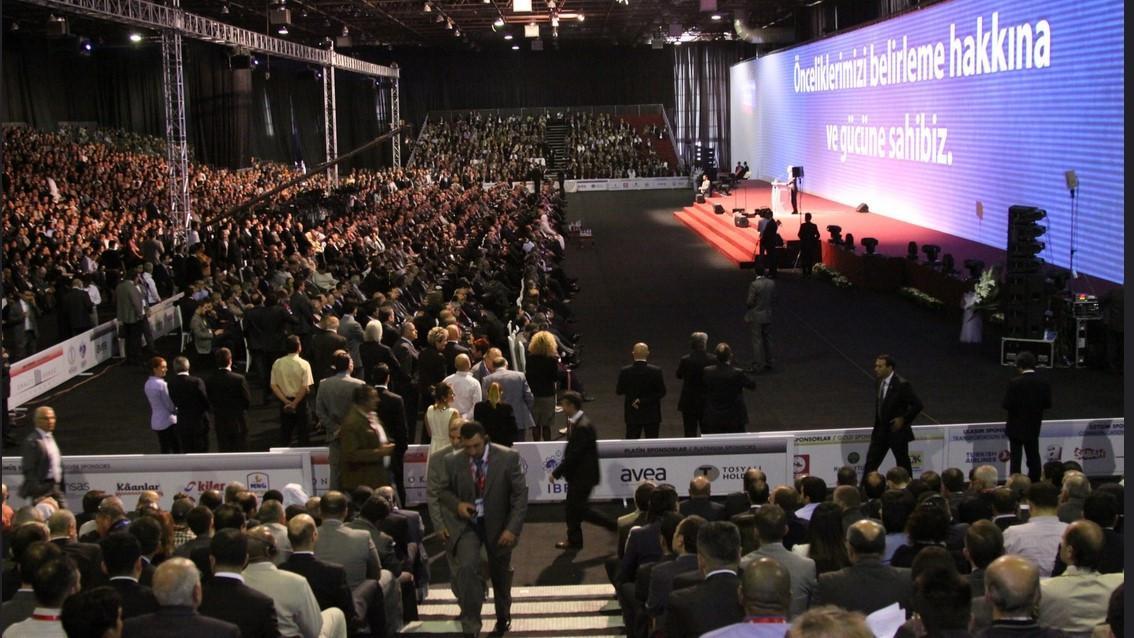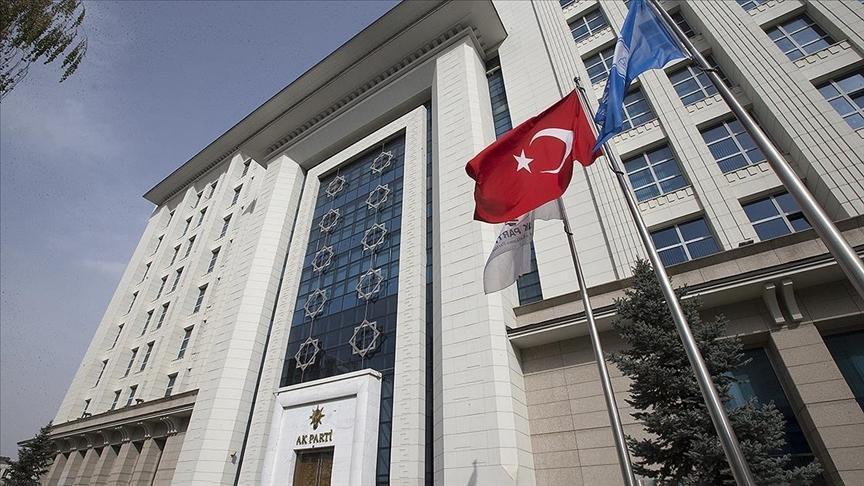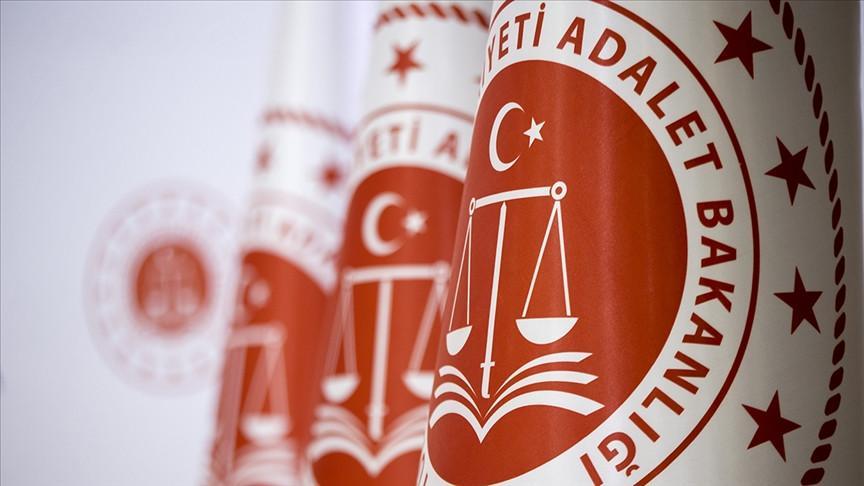The headscarf debates in Europe and Turkey
Gökce Yurdakul / Anna C. Korteweg
The controversial headscarf debate has returned to the Turkish and European media due to recent regulations that permit the wearing of headscarves in secondary schools in Turkey.Should children who are under 10 years old wear headscarves at school? If they wear headscarves, do they do so with their own informed consent or with pressure from their families? Are schools secular or religious institutions? Should “we” ban the headscarf everywhere, ban it only in certain institutions, protect the wearing of the headscarf entirely, or protect it only if it is worn in certain ways or capacities? European state authorities and the current government in Turkey have different answers to these questions. In our new book, “The Headscarf Debates: Conflicts of National Belonging” (Stanford University Press, 2014), we analyze the headscarf debates in Europe and Turkey of the last few decades. We show how these debates become sites for the articulation of national belonging.
The Muslim woman’s headscarf seems to attract an unusually large set of interpretations in political debates in Europe and in Turkey. The kopftuch, foulard, voile, başörtüsü, türban, hoofddoek, burqa, niqab, or hijab: Rather than simply being innocuous pieces of cloth used to cover a woman’s hair, neck, face and/or eyes, the headscarf has become a foil for a long series of debates on the condition of religiously-identified Muslims’ belonging in public spheres, marked by secularity or Western political traditions. Debates on where and on what occasion headscarves can be worn – schools, hospitals, private enterprises, only at home, or on the way to, but not at work – turn into conflicts, sometimes heated, about the kinds of places where Muslims can show their religiosity.
In Europe, political debates about the headscarf illustrate how the headscarf has become a symbol of diversity resulting from large-scale migration into European countries. The headscarf has come to signify two political stances. For those who think it can, or should, be part of the streetscapes and public spaces, the headscarf symbolizes an immigration-related decline of the coherent nation-state, a decline that is embraced as bringing a desirable cosmopolitan order one step closer. Both wearers and non-wearers supportive of women’s right to wear a headscarf argue that they are proud to live in a country, city or neighborhood that can incorporate this kind of diversity.
Those who would much rather not see them worn perceive the headscarf as a threat to the very coherence of society. This is most apparent in France, where, as of 2004, girls in elementary and high schools can no longer wear a headscarf under a law that forbids the wearing of ostentatious religious symbols. Since 2011, women also cannot cover their faces in public, risking a fine and/or mandatory participation in a citizenship course if they do so. Both laws received very widespread support from the general public.
In the Netherlands and in Germany, headscarf-wearing women are allowed to wear headscarves on the street and at work, as long as they do not represent state authority (so a housekeeper can wear one, but a judge cannot). In the Netherlands, an ultra-right wing politician can propose a “headrag tax” in the protected sphere of Parliament, but the term enters everyday discourse where it is hurled as a slur to headscarf-wearing women. Others grant women the right to wear the headscarf, but in the words of one Dutch politician, “can’t wait for women to toss off the scarf in freedom.”
In Germany, teachers cannot wear headscarves in public schools, as it is regarded as a religious symbol that would, in and of itself, threaten the national educational mission. Most recently in 2014, a headscarf-wearing woman was dismissed from her job in a German religious institution, a dismissal upheld by the Federal Labor Court in Germany. Despite discrimination against headscarf wearing women, they protest these decisions and argue for equality in accessing their citizenship rights in Europe, thus attempting to enact their de facto citizenship rights.
Where does Turkey stand in the headscarf debate compared to Europe? Turkey stands divided on the headscarf. Similar to the negative discussions about the headscarf in European countries, in Turkey many see the wearing of headscarves as symbolic of a “dangerous yearning” for a political order in which religious authority supersedes the secular nation-state. Others argue, however, that the presence of headscarves in the public sphere should be taken as evidence of “true” democratic freedom and the rise of an Islamic bourgeoisie. Those critical of the headscarf argue that the wearing of headscarves is a threat to secular principles, gender equality and, most recently, children’s rights. The most recent discussions on permitting headscarves in secondary schools suggest that the battle is now being fought over children’s bodies.
Anna Korteweg and Gökce Yurdakul (2014) The Headscarf Debates: Conflicts in National Belonging (Stanford University Press).











